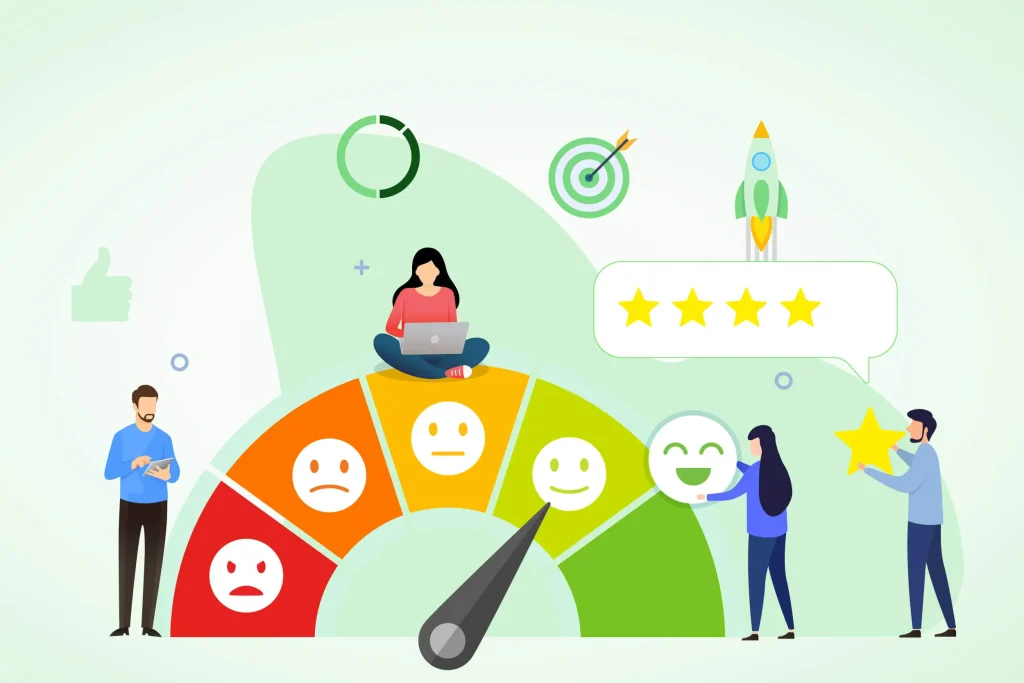Modern IT Service Management is no longer just about resolving tickets or meeting SLAs — it’s about delivering experiences that empower users and continuously improve service quality. Two complementary approaches, Shift Left and Shift Right, have become key strategies for achieving this balance between efficiency, agility, and insight.
Understanding the Concept of “Left” and “Right”
To make sense of these terms, imagine a typical workflow that moves from left to right. On the left side sit the end-users and frontline teams; on the right side are the backend and technical experts — developers, infrastructure engineers, or vendors.
The idea of shifting left or right means moving certain capabilities closer to where they add the most value. Whether it’s enabling faster resolution or learning directly from real-world performance, both directions aim to optimise how IT services are delivered and evolved.
Two Contexts, Two Directions
-
In IT support workflows, the left side points towards end-users and service desk functions. Shifting left here means empowering users and lower tiers of support to resolve more issues without escalation.
-
In DevOps or service development workflows, the left side represents pre-production environments, while the right side represents live operations. Shifting right means testing, monitoring, and learning directly from real user experiences in production.
In both cases, success depends on bringing knowledge and improvement closer to where it can make the biggest impact.
What Does “Shift Left” Really Mean?
Shift Left focuses on improving efficiency by addressing issues as early as possible — ideally before they reach higher support tiers.
However, it’s not only about moving capabilities towards end-users. It’s equally about enabling lower support layers to handle more complex tasks.
In a typical IT support model, incidents and requests move from Level 1 (Service Desk) to Level 2 (Specialists), and finally Level 3 (Developers or Vendors). Each level represents a step further to the right — more expertise, but also longer resolution times. A Shift Left strategy gives earlier layers better tools, automation, and knowledge so that more issues can be resolved quickly, efficiently, and closer to the point of contact.
Common Shift Left initiatives include:
-
Expanding Self Service Portals and knowledge articles to make support intuitive.
-
Implementing AI chatbots to provide immediate guidance.
-
Training first-line teams to handle recurring technical issues.
-
Automating frequent tasks such as password resets or software installations.
Example
An organisation might traditionally escalate software access requests to second-line support for manual fulfilment. By adopting a Shift Left model, these requests could be automatically approved and fulfilled through the portal — allowing employees to self-serve within minutes instead of waiting hours.
The outcome: faster resolutions, less pressure on advanced teams, and happier users.
What Is “Shift Right”?
Shift Right complements this by improving insight and learning. It brings validation, observation, and feedback closer to the live production environment — ensuring that decisions and improvements are based on real user experiences.
Practical examples of Shift Right include:
-
Using real-time monitoring and observability tools to track service health.
-
Running A/B testing or feature toggles to understand how changes affect users.
-
Gathering experience feedback after incidents or releases.
-
Analysing operational data to identify improvement opportunities.
Example
When a new update is deployed, Shift Right means observing how it performs in the real world. Instead of waiting for complaints, IT teams monitor usage patterns, satisfaction scores, and system metrics. This data is then used to fine-tune performance or guide future releases.
Working Together for Continuous Improvement
While Shift Left and Shift Right focus on different directions, they are most powerful when used together.
-
Shift Left delivers efficiency and empowerment.
-
Shift Right drives learning and resilience.
Together, they create a feedback loop: IT teams enable faster resolutions, gather real-world insights, and feed those learnings back into automation, training, and service design.
Applying Shift Left and Shift Right in ITSM
Here’s how both principles typically appear across key ITSM practices:
-
Incident Management:
-
Shift Left: Enable users to resolve simple issues through guided knowledge or automation.
-
Shift Right: Analyse incident patterns and post-resolution feedback to improve prevention.
-
-
Request Fulfilment:
-
Shift Left: Automate standard requests and approvals.
-
Shift Right: Track satisfaction levels and completion accuracy to refine fulfilment processes.
-
-
Problem Management:
-
Shift Left: Encourage frontline staff to spot and report recurring issues early.
-
Shift Right: Use production data to uncover deep-rooted causes and validate fixes.
-
-
Change Enablement:
-
Shift Left: Allow teams to implement low-risk changes through pre-approved automation.
-
Shift Right: Measure performance post-deployment to confirm stability and value.
-
Building the Right Culture
Neither approach succeeds through tools alone. It requires a collaborative and learning-driven culture where teams share insights and take collective ownership of outcomes.
-
Empower Service Desk analysts to resolve more at first contact.
-
Foster continuous communication between development and operations.
-
Treat user sentiment as a leading measure of service quality.
The Northera Perspective
At Northera IT Solutions, we see Shift Left and Shift Right as two sides of the same transformation journey. One builds faster, more autonomous service delivery; the other ensures those services continue to evolve through real-world understanding.
By combining both, organisations can create a service ecosystem that not only performs efficiently but also continually learns and improves — delivering value that’s measurable, meaningful, and human-centred.
We’d love to hear your thoughts — how is your organisation applying Shift Left and Shift Right in practice? Share your experiences and join the conversation.


